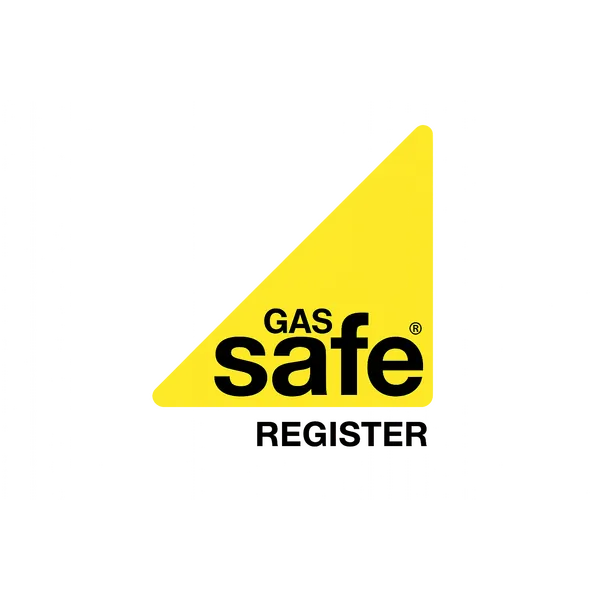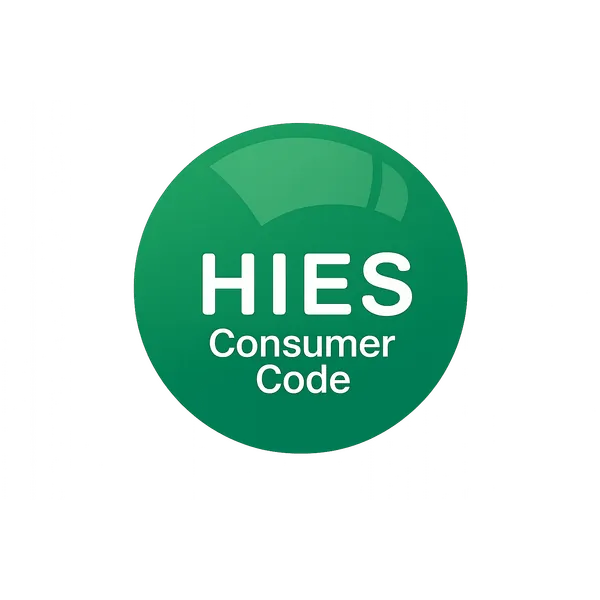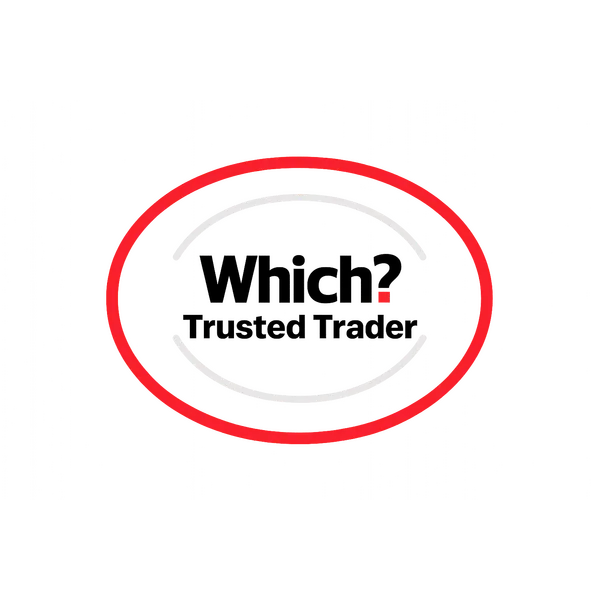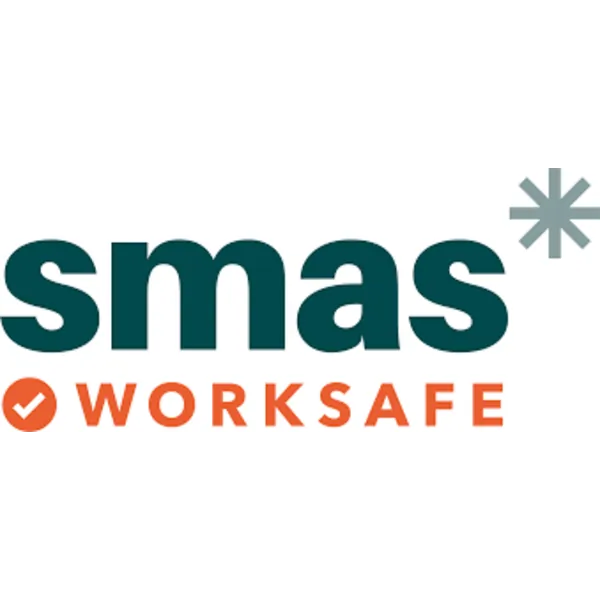Applying to the SEG Scheme
Complete guide to applying to the SEG (Smart Export Guarantee) in 2023.
We'll let you know:
- What the SEG Scheme is
- What you need to be eligible
- What information you have to provide (and where to find it)
- Where to apply
What is the Smart Export Guarantee (SEG)?
The Smart Export Guarantee is a government-backed initiative that ensures small-scale renewable energy generators are paid for the electricity they export to the grid. Launched in January 2020, it replaced the Feed-in Tariff scheme and provides ongoing income for solar panel owners.
How SEG Works
When your solar panels generate more electricity than you use, the excess is automatically exported to the national grid. Under SEG, your energy supplier pays you for every kilowatt-hour (kWh) of electricity you export.
Current SEG Rates
As of 2024, SEG rates vary by supplier:
- Best rates: 12-15p per kWh
- Average rates: 5-7p per kWh
- Minimum rates: 2-3p per kWh
Eligibility Requirements
System Requirements
Your renewable energy system must:
- Have a capacity of 5MW or less (most home systems are 3-4kW)
- Be installed by an MCS-certified installer
- Use MCS-certified equipment
- Have a smart meter or export meter installed
Eligible Technologies
- Solar photovoltaic (PV) panels
- Wind turbines
- Hydro generators
- Anaerobic digestion
- Micro combined heat and power (CHP)
Property Requirements
- You must own or rent the property
- The system must be connected to the grid
- You cannot claim SEG if receiving FiT payments
Step-by-Step Application Process
Step 1: Ensure MCS Certification
Before applying, confirm you have:
- MCS certificate for your installation
- Installer's MCS number
- Product MCS certificates
- Commissioning certificate
These documents are crucial - without them, you cannot access SEG payments.
Step 2: Install a Compatible Meter
You need either:
- Smart meter: Automatically records exports
- Export meter: Specifically measures exported electricity
- Generation meter: Some suppliers accept readings from this
Most new installations include smart meter compatibility.
Step 3: Compare SEG Tariffs
Research current offers from different suppliers:
Fixed Rate Tariffs
- Predictable income
- Set rate per kWh
- Usually 12-month contracts
- Best for steady earners
Variable Rate Tariffs
- Rates can change
- May track wholesale prices
- Potential for higher returns
- More risk involved
Flexible Tariffs
- Different rates at different times
- Rewards strategic exporting
- Requires active management
- Best for engaged users
Step 4: Choose Your SEG Licensee
You can choose any SEG licensee - you don't have to use your electricity supplier. Consider:
- Payment rates offered
- Contract terms and length
- Payment frequency
- Customer service reputation
- Additional benefits
Step 5: Gather Required Information
Installation Details
- Installation date
- System capacity (kW)
- Number of panels
- Inverter details
- Battery storage (if applicable)
Meter Information
- Meter type (SMETS1/SMETS2)
- MPAN (Meter Point Administration Number)
- Export MPAN (if different)
- Current meter readings
Documentation Checklist
- [ ] MCS certificate
- [ ] Electrical installation certificate
- [ ] Planning permission (if required)
- [ ] G98/G99 notification confirmation
- [ ] Proof of property ownership/tenancy
- [ ] Bank details for payments
Step 6: Submit Your Application
Online Applications
Most suppliers offer online portals:
- Create an account
- Upload documentation
- Enter system details
- Confirm meter readings
- Accept terms and conditions
Postal Applications
Some suppliers still accept postal applications:
- Download application forms
- Complete all sections
- Include photocopies of documents
- Send via recorded delivery
- Keep copies for your records
Step 7: Await Confirmation
Typical timeline:
- Application review: 5-10 working days
- Additional information requests: May add 5 days
- Final approval: 2-3 weeks total
- First payment: 1-3 months after approval
Finding Your Documentation
MCS Certificate Location
- Provided by installer at commissioning
- Available from MCS website database
- Check installer's paperwork pack
- Contact installer if missing
MPAN Number Sources
- Previous electricity bills
- Your electricity supplier
- Smart meter display
- Online account portal
Meter Readings
- Smart meter in-home display
- Meter itself (usually in cupboard/garage)
- Online energy account
- Mobile app (if available)
Maximising Your SEG Income
Optimize Self-Consumption First
- Use high-energy appliances during sunny periods
- Install timers on suitable devices
- Consider battery storage
- Monitor generation patterns
Strategic Exporting
- Export during high-rate periods
- Minimize usage when generating
- Understand your tariff structure
- Track market rates
Regular Reviews
- Compare tariffs annually
- Switch for better rates
- Negotiate with suppliers
- Stay informed about market changes
Common Application Mistakes to Avoid
Documentation Errors
- ❌ Uploading wrong certificates
- ❌ Missing installer details
- ❌ Incorrect system specifications
- ✅ Double-check everything before submission
Meter Issues
- ❌ Not having export capability
- ❌ Incorrect meter readings
- ❌ Wrong MPAN provided
- ✅ Verify meter details with supplier
Timing Mistakes
- ❌ Applying before installation complete
- ❌ Delaying application unnecessarily
- ❌ Missing deadline for readings
- ✅ Apply promptly after commissioning
SEG Payment Structure
Payment Frequencies
Different suppliers offer:
- Monthly: Most common, good cash flow
- Quarterly: Standard option
- Annual: Larger lump sums
- On-demand: Some digital suppliers
Payment Methods
- Direct bank transfer (most common)
- Credit to electricity account
- Cheque (becoming rare)
- Digital payment platforms
Tax Implications
SEG payments may be taxable if:
- You generate over 30,000 kWh annually
- It's a business installation
- You're already self-employed
Most domestic users fall below thresholds.
Switching SEG Suppliers
When to Switch
Consider switching if:
- Better rates available elsewhere
- Poor service from current supplier
- Contract term ending
- Significant rate reductions
How to Switch
- Check current contract terms
- Compare new offers
- Apply to new supplier
- Inform current supplier
- Provide final readings
- Confirm switch completion
Troubleshooting Common Issues
Application Rejected?
Common reasons and solutions:
- Missing MCS certification: Contact installer urgently
- Meter not compatible: Arrange meter upgrade
- Incomplete information: Resubmit with all details
- Technical issues: Call supplier directly
Payment Delays?
If payments are late:
- Check meter readings submitted
- Verify bank details correct
- Contact supplier's SEG team
- Escalate if necessary
- Consider switching suppliers
Future of SEG
Potential Improvements
- Higher mandatory minimum rates
- Real-time pricing options
- Integration with EV charging
- Community energy trading
- Blockchain-based systems
Market Trends
- Increasing competition
- Better rates emerging
- More flexible tariffs
- Technology integration
- Simplified processes
Conclusion
Applying for the Smart Export Guarantee is a straightforward process that can provide valuable income from your solar investment. With proper preparation and the right documentation, you can start earning from your excess solar generation within weeks.
Remember: SEG income is additional to the savings you make from using solar electricity. Combined with reduced bills and potential battery storage, it makes solar panels an even more attractive investment.
Need Help?
CRG Direct can assist with:
- SEG application support
- Documentation guidance
- Tariff comparisons
- Meter installations
- Ongoing support
Contact us today to ensure you're maximizing your solar investment through the Smart Export Guarantee scheme.















